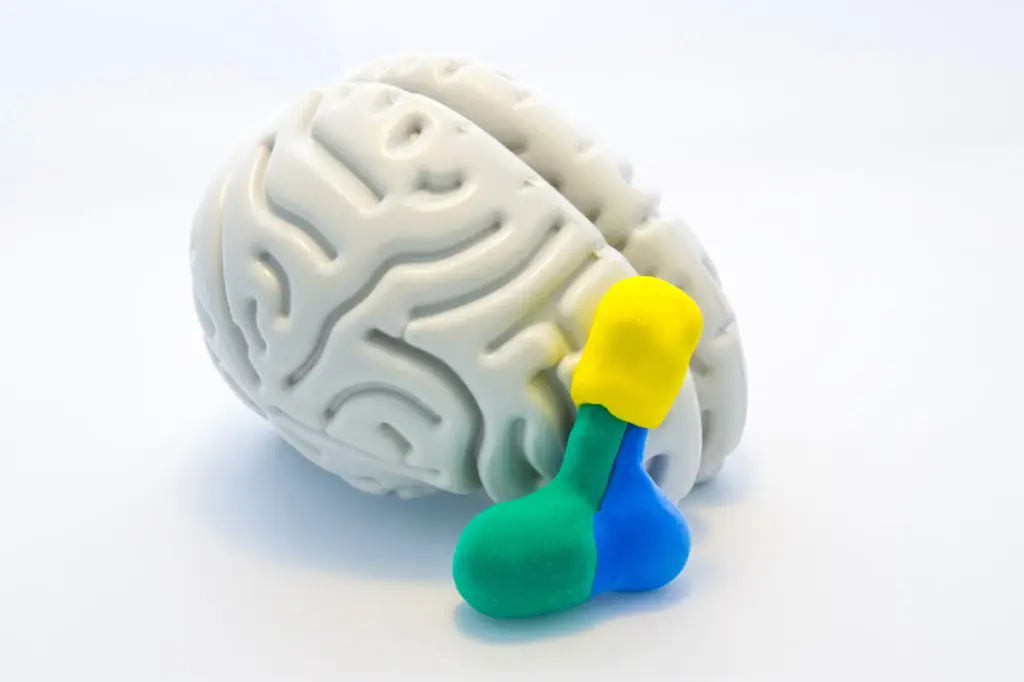12 Ways the Loneliness Hormone Fuels Inflammation and Disease
Feeling lonely isn't just an emotional experience — the brain treats social disconnection as a kind of threat, and that response reaches all the way into the body. Researchers distinguish social isolation (the objective state of being alone) from loneliness (the subjective distress of feeling alone). Both matter, but loneliness in particular lights up stress circuits and nudges hormones and immune signals into patterns that favor inflammation. Scientists such as the late Dr. John T. Cacioppo helped show loneliness is more than a mood — it's a measurable biological stressor. The National Institute on Aging highlights links between isolation, poorer health outcomes, and higher risk for chronic conditions. This article walks through a dozen specific ways loneliness alters hormones, gene activity, and immune markers — and it offers realistic steps to push biology back toward balance. Expect clear explanations about cortisol, oxytocin, inflammatory markers like CRP and IL-6, and the downstream effects on heart health, metabolism, sleep, and brain function. We'll end with practical strategies you can start using today or share with a friend or family member who needs support. Wherever you are with connection, small changes can help lower inflammation and protect long-term health.
1. Cortisol: The stress hormone that goes from helpful to harmful

Cortisol is the body's primary stress hormone — it helps in short bursts, steering energy where it's needed. When the brain interprets loneliness as a threat, cortisol releases more often. That makes sense for immediate challenges, but repeated spikes mean the body stays in a heightened state. Over time this pattern affects immune signaling, raises blood sugar, and interferes with sleep and mood. Studies summarized by authoritative sources show that chronic loneliness is linked with higher perceived stress and altered cortisol rhythms. Those altered rhythms predict poorer health outcomes because cortisol manages inflammation: too much or dysregulated cortisol fails to regulate inflammatory responses cleanly. For older adults, this repeated stress response can accelerate wear-and-tear across systems, increasing vulnerability to anxiety, depression, and cognitive difficulties. Practical actions — like brief social check-ins, structured routines, and stress-management practices such as paced breathing — can lower cortisol reactivity. These small, repeatable habits reduce the frequency of threat responses and help shift physiology away from a chronic stress pattern toward steadier, more restorative cycles.
2. Oxytocin: The bonding chemical that calms inflammation

Oxytocin is often called the "bonding" hormone because it supports connection, trust, and close social contact. When people share warm interactions — a hug, a heartfelt conversation, or cooperative activities — oxytocin release helps blunt stress and can exert modest anti-inflammatory effects. If loneliness reduces opportunities for those positive social cues, the protective buffering oxytocin provides is diminished. That doesn't mean a single missed hug will change your biology overnight, but chronic lack of meaningful contact reduces the frequency of oxytocin-driven calm. Research points to oxytocin as one pathway linking social connection with lower stress reactivity; it helps regulate autonomic balance and temper inflammatory signals driven by repeated threat responses. For practical use, think small: consistent, intentional rituals that involve other people — weekly phone calls, community groups, or volunteering — increase chances for oxytocin-friendly moments. For those with mobility or geographic limits, activities that still foster closeness, such as video chats that focus on sharing rather than multitasking, can help. These approaches make social contact more likely to produce the biological benefits tied to oxytocin.
